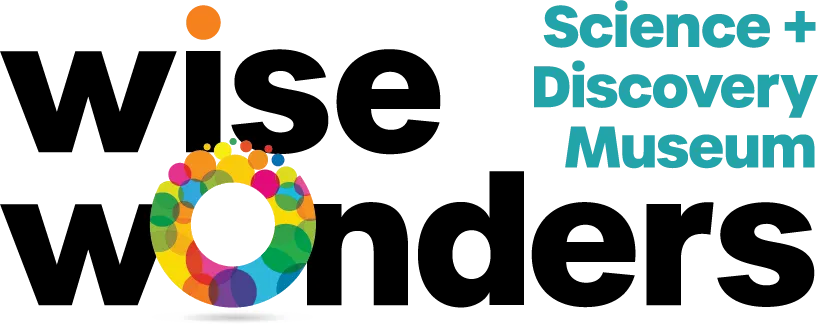The Clever Cookies Challenge
12/3/2020
Think your attempt is pretty sweet?
Send us a video or picture of your cookie, along with any realizations you had along the way. You can do this by clicking this link, or the blue box below that says "Show Us Your Recipe!" If you're struggling with this challenge, check out Francie's work by clicking on this link to see how she made her cookie (hint: you're going to have to do some unit conversion to make this work).
Unsure of the instructions?
Check out this neat infographic below! It has all of the instructions you need to get started on the challenge, as well as having sweet treats and hot cocoa to get the imagination flowing!
Here's Some Cookie Cutter Educational Materials!
Each ingredient in the right amount MATTERS! This is because when you bake, you perform a chemical reaction. You wouldn’t put the wrong amount of one chemical in a test tube to perform a chemical reaction in a lab, would you?
Here are some common ingredients, and what they do in a recipe:
- Eggs act as binding ingredients—they hold everything together.
- Sugar binds to water
- Flour forms chains of gluten, which actually keeps air in, helping expansion
- Baking powder/soda adds air bubbles to make your cookies rise!
When baking your new number of cookies, remember to keep in mind how long you will cook them, and at what temperature. These two properties of the bake might change with a smaller batch!
Unit Conversions and Math in Baking:
An easy way to convert between measurement units in baking is to make fractions that cancel out units, until you end with the units you want to bake with.
For instance, here are some common conversions in baking:
- 1 c. = 16 TBSP.
- 1 TBSP. = 3 tsp.
- 1 c. = 8 fluid oz.
- 1 gal. = 4 qt.
- 1 pint = 2 c.
To solve how many teaspoons of water are in 2 cups of water, we convert between units like this:
2 c. water * 16 TBSP water / 1 c. water * 3 tsp. water / 1 TBSP water = 96 tsp. water
Notice that we crossed out units when they cancel out because of division. The only units that were not canceled out because of division were teaspoons. Therefore, our final units are in teaspoons. We used how many tablespoons are in a cup to convert from cups to tablespoons, and then how many teaspoons are in a tablespoon to convert to teaspoons!
